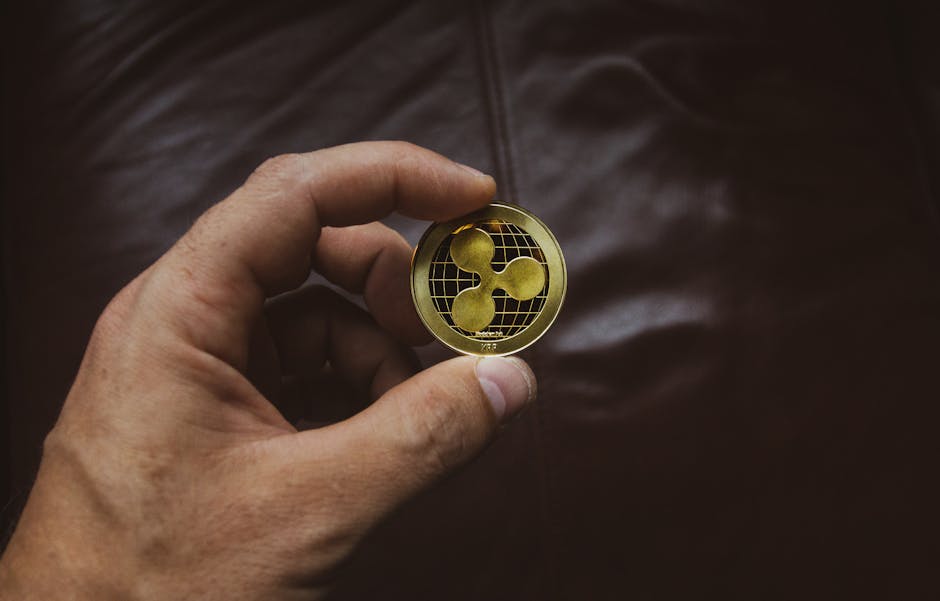Curious about blockchain patents and how they work? This comprehensive guide will break down the complexities, helping you understand the ins and outs of this innovative technology. From the basics to more advanced concepts, we’ll unravel the mysteries behind blockchain patents. Let’s find out in detail in the article below!
Understanding Blockchain Patents
What are Blockchain Patents?
Blockchain patents are intellectual property rights granted for inventions related to blockchain technology. These patents are crucial for protecting innovations in the blockchain space and ensuring that creators have exclusive rights to their inventions for a specified period. By obtaining a blockchain patent, inventors can prevent others from using, making, selling, or distributing their patented technology without permission.
Why are Blockchain Patents Important?
Blockchain patents play a vital role in fostering innovation and driving adoption of blockchain technology. They incentivize inventors and companies to invest time and resources into developing new solutions by providing them with a competitive advantage in the market. Moreover, blockchain patents contribute to the overall growth and maturity of the blockchain ecosystem by encouraging collaboration, research, and development.
Challenges in Obtaining Blockchain Patents
While blockchain patents offer significant benefits, securing them can be challenging due to various factors. One of the primary challenges is the complexity of blockchain technology, which often requires a deep understanding of both technical and legal aspects. Additionally, the evolving nature of blockchain and the lack of clear guidelines in some jurisdictions can create uncertainty for patent applicants. Overcoming these challenges necessitates working with experienced patent attorneys who specialize in blockchain technology.
Applying for Blockchain Patents
Patent Eligibility Criteria
To qualify for a blockchain patent, an invention must meet certain eligibility criteria, including being novel, non-obvious, and useful. In the context of blockchain technology, this may involve demonstrating how the invention improves upon existing solutions, solves a technical problem, or offers a novel application of blockchain. It’s essential to conduct a thorough prior art search to ensure that the invention meets these criteria before filing a patent application.
Drafting a Strong Patent Application
Crafting a robust patent application is crucial for securing a blockchain patent successfully. The application should clearly describe the invention, including its technical components, operation, and unique features. It’s essential to provide detailed diagrams, flowcharts, and examples to support the claims made in the application. Working closely with a patent attorney can help ensure that the application meets the required legal standards and increases the chances of approval.
International Considerations
When seeking blockchain patents, it’s essential to consider international protection to safeguard inventions in multiple jurisdictions. Filing for international patents through mechanisms like the Patent Cooperation Treaty (PCT) can provide inventors with broader protection and increased market opportunities. Understanding the specific patent laws and regulations in each target country is crucial to navigating the complexities of the international patent landscape effectively.
Enforcing Blockchain Patents
Monitoring and Enforcement Strategies
Once a blockchain patent is granted, it’s essential to implement monitoring and enforcement strategies to protect intellectual property rights. Regularly monitoring the market for potential infringements and unauthorized use of patented technology is crucial for detecting and addressing any violations promptly. In case of infringement, patent holders can enforce their rights through legal channels, such as litigation or licensing agreements, to seek remedies and prevent further unauthorized use.
Defending Against Patent Challenges
In the dynamic and competitive landscape of blockchain technology, patent holders may face challenges from competitors seeking to invalidate their patents. It’s essential to be prepared to defend against patent challenges through robust documentation, technical evidence, and legal arguments to uphold the validity of the patent. Working with experienced patent litigators who understand the intricacies of blockchain technology can help patent holders navigate potential disputes effectively.
Leveraging Blockchain Patents for Strategic Advantages
Beyond protection and enforcement, blockchain patents can also be leveraged for strategic advantages, such as licensing opportunities, partnerships, and collaborations. By strategically licensing patented technology to third parties, inventors can generate additional revenue streams and expand the reach of their innovations. Collaborating with industry partners to integrate patented technology into new products or services can also drive innovation and create value for all parties involved.
Understanding Blockchain Patents
Blockchain patents are essential for protecting innovations in the blockchain space and granting exclusive rights to inventors.
Applying for Blockchain Patents
To qualify for a blockchain patent, an invention must meet specific eligibility criteria and undergo a thorough prior art search.
Crafting a strong patent application is crucial, involving clear descriptions, diagrams, and examples.
Consideration of international protection is vital for safeguarding inventions in multiple jurisdictions.
Enforcing Blockchain Patents
Implementing monitoring and enforcement strategies is essential to protect intellectual property rights effectively.
Defending against patent challenges requires robust documentation, technical evidence, and legal expertise.
Leveraging blockchain patents can lead to strategic advantages like licensing opportunities and collaborations.
Additional Information
1. Regularly monitoring the market for potential infringements and unauthorized use of patented technology is crucial for detecting and addressing any violations promptly.
2. In the dynamic and competitive landscape of blockchain technology, patent holders may face challenges from competitors seeking to invalidate their patents.
3. Beyond protection and enforcement, blockchain patents can also be leveraged for strategic advantages, such as licensing opportunities, partnerships, and collaborations.
4. Collaborating with industry partners to integrate patented technology into new products or services can drive innovation and create value for all parties involved.
5. International protection through mechanisms like the Patent Cooperation Treaty (PCT) can provide broader protection and increased market opportunities for inventors.

